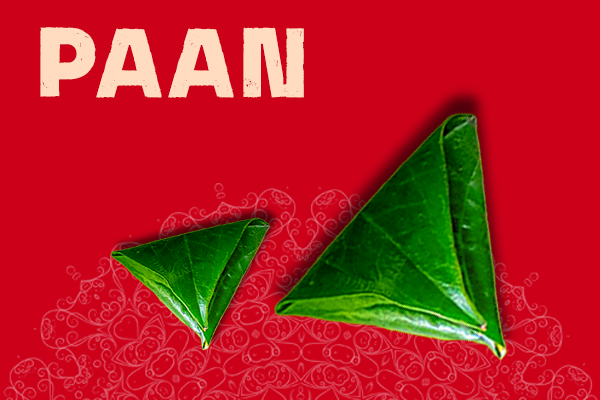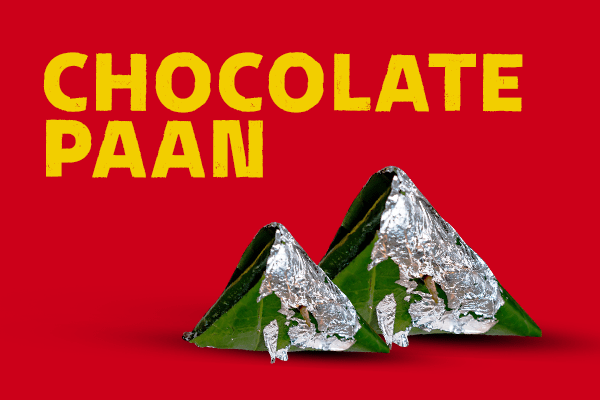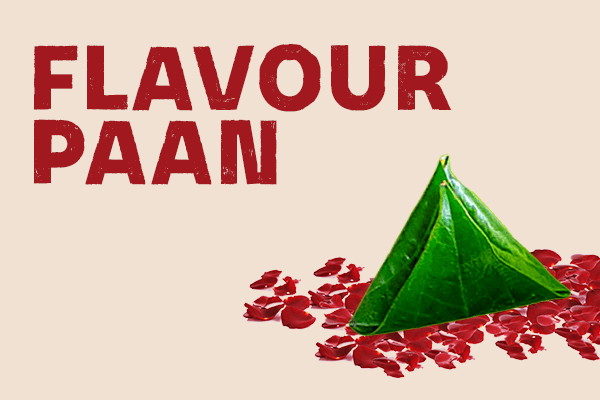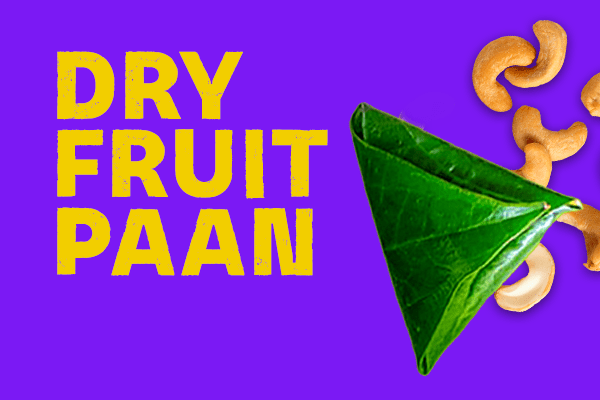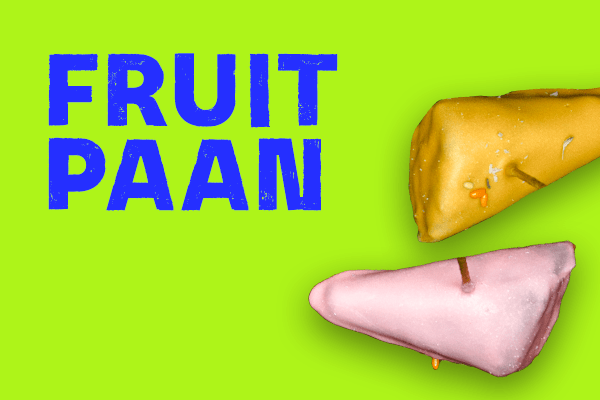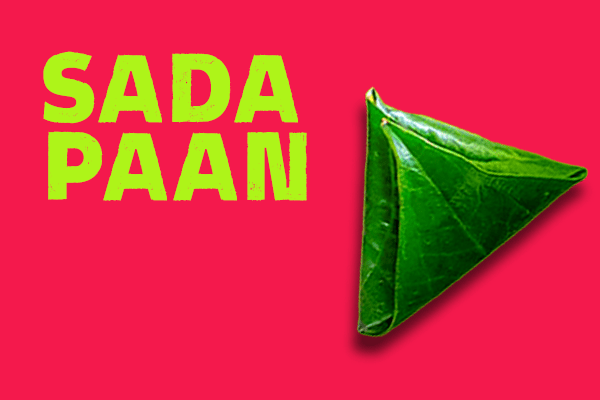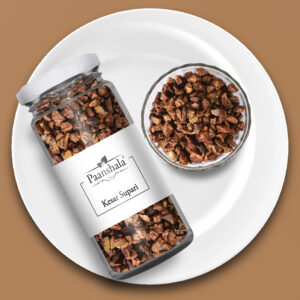Subtotal:
₹249.00
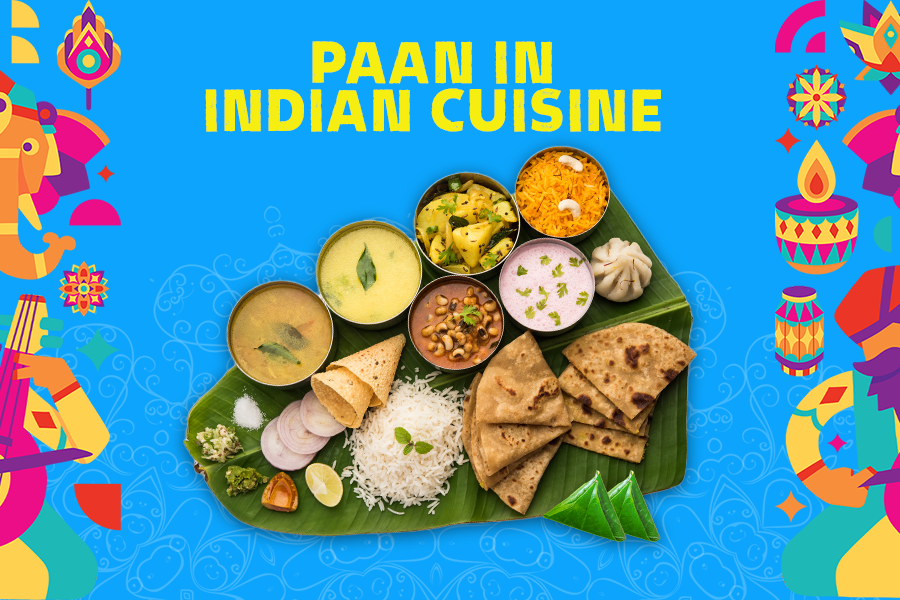
Exploring the Cultural Significance of Beetel Leaf in Indian Cuisine
The Beetel Leaf, known as “Paan” in India, holds deep cultural significance in the country’s cuisine. More than just a mouth-freshener, it represents a centuries-old tradition and plays a vital role in Indian customs and rituals.
The use of Beetel Leaf can be traced back to ancient times, where it was considered a symbol of hospitality and used to welcome guests. Today, it continues to be an integral part of Indian hospitality and social gatherings. Offering a plate of Paan after a meal is seen as a gesture of warmth and hospitality.
Beyond its cultural importance, the Beetel Leaf has numerous health benefits. It is known to aid digestion, freshen breath, and even act as a mild stimulant. The leaf is often paired with a variety of fillings, such as fennel seeds, betel nuts, and sweeteners, creating a burst of flavors that lingers on the taste buds.
In addition to its role in everyday life, Beetel Leaf holds significance in religious ceremonies and festivals. It is offered to deities during prayers and rituals, symbolizing purity and devotion.
Exploring the cultural significance of Beetel Leaf in Indian cuisine reveals the intricate tapestry of traditions and flavors that make up the country’s diverse culinary heritage. Embracing this time-honored tradition is not only a sensory experience but also a way to connect with India’s rich cultural roots.


